#Optics
Text



This comic I started a looooooooong time ago and just… never finished it? I had more to it, but never got around to it. If anyone wants more, I might try to finish it.
ANYWAY I headcanon only miners, warframes and Seekers have red optics, thus giving them negative association to the general public. So Megatronus makes his optics blue so he can seem more “like the higher class” and become more “approachable.”
#tf#transformers prime#maccadam#orion pax#megatronus#Megatron#Optimus Prime#headcanons#transformers#tfp#comic#optics#issart#megop#megaop
897 notes
·
View notes
Text

Newton's rings. An introduction to the theory of optics. 1909.
Internet Archive
#newton's rings#optics#science#physics#concentric circles#pattern#found art#nemfrog#1909#early 1900s
837 notes
·
View notes
Text

The frontispiece from Encyclopaedia londinensis, or, Universal dictionary of arts, sciences, and literature v.17 (1820) symbolically illustrating the science of optics. An explanation rom the text:
The prismatical colours [are] embodied into seven female figures, three of which are distinguished, as generative and primitive elements, by a crown and an embroidered mantle, intimating that the ray of light is composed of red, yellow, and blue only [...] Each figure of these figures holds a representative of one of the seven colors of the rainbow [...]:
Yellow: a jonquil.
Vert: a green bough.
Orange: the marigold.
Blue: the blue-bell.
Red: the corn-poppy.
Indigo: the blue-bottle.
and Violet: the flower of that name.
Full text here.
340 notes
·
View notes
Text

Letting kids see a different, discursive take on history is really cool and really important.
It’s why I think there is still a genuinely radical element to Hamilton despite all its issues with lionising the Founding Fathers - because it’s asking people to imagine a history where this was possible.
Not to mention, tbh, this is actually kind of an incredible nod to the debt that European Enlightenment-era science owed to the scientific tradition in Asia and the Middle East, which Eurocentric history has been ignoring for centuries.
If a British kid sees this and digs into Newton’s life, they might well be disappointed to find out that he was actually white, but hopefully they’ll then find out about Ibn al-Haytham (known in Europe as Alhazen) and see the enormous debt Newton’s work owes to his.
#early modern history#medieval history#doctor who#isaac newton#optics#ibn al-haytham#gravity#alexander hamilton
174 notes
·
View notes
Text
So I noticed something today...
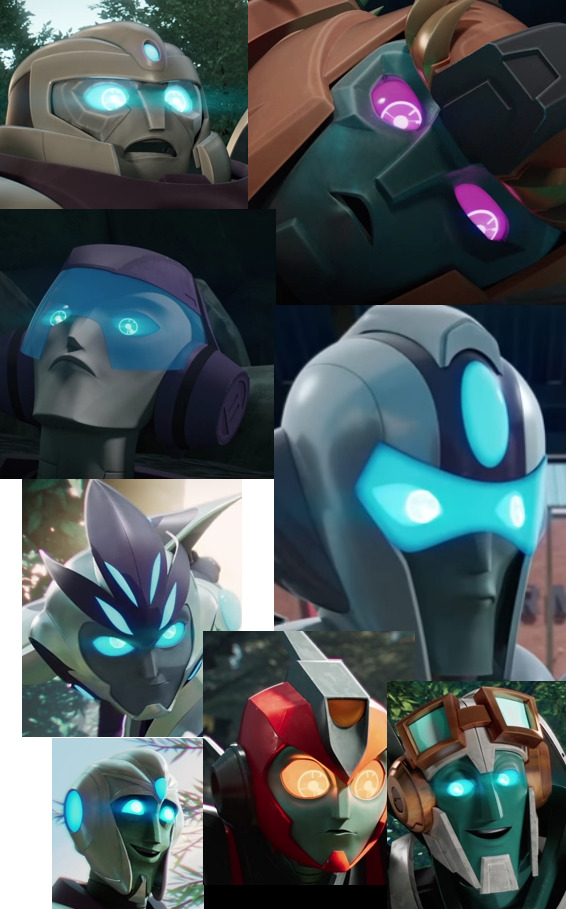
...Of the five terrans currently in existence, four of them maintained the "Lit up sclera with lighter pupils and irises" aspect to their optics once they scanned an alt mode... Nightshade on the other hand-

-Does not, their sclera becoming dark and starkly contrasting against their pupils and irises, much like the bots in Transformers Prime.
It's probably got something to do with their alt mode being nocturnal and therefore their optics are more sensitive to light for better night vision, but it's still an interesting difference.
#transformers#transformers earthspark#earthspark#transformers nightshade#optics#tf lore#I kinda wanna see if it becomes a note in a later episode#like their sensitivity to light becomes a problem when they are in an extremely bright environment
189 notes
·
View notes
Text
youtube
Presented without comment.
#science#mathematics#math#astronomy#optics#video#youtube#i know several of this blog's followers are big fans of cursed units
385 notes
·
View notes
Text
Early color photography required exposures through red, green, and blue filters. The three single-color images were combined, the strengths and interactions of RGB blended into one multicolor image. This "trichrome" technique is still a popular method of capturing infrared light.

The physicist Gabriel Lippmann took a different approach. He was inspired by the phenomenon of light interference, where the phase differences in light waves result in variations of amplitude and intensity. The result is a brilliant spectrum of possible colors:


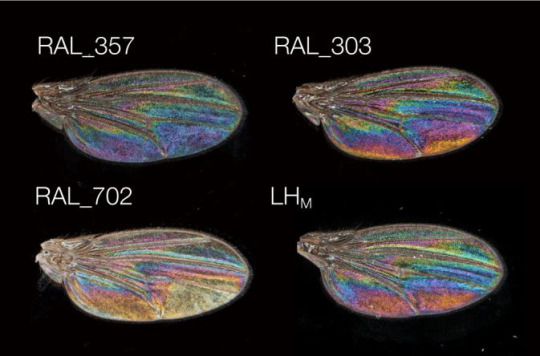
Many species have evolved to exhibit phase interference - the iridescence of a beetle's carapace or a peacock's feathers is the result of the very same phenomenon that enabled Lippman to create color images in a single exposure.

Lippmann's interference photographs were termed "photography in natural colours by direct exposure in the camera;" a novelty then that now describes practically every color photo.

The result of Lippman's photographic process was a positive image (like slide film) rather than a negative. However, Lippmann plates appear colorless until white light hits them at a certain angle; this light illuminates the interference structure of the photograph, replicating the light shining upon the scene when the exposure was taken. The dark room and single point of illumination you see below is ideal for their viewing.

Later, Lippmann's interference photography technique was expanded with the use of lasers and 3D (rather than 2D) emulsion to create holograms, which capture their subject's light refractions at a variety of angles. White light holograms are viewable under the same conditions as Lippmann's photographs: by shining white light upon them at an angle to illuminate their interference patterns.

303 notes
·
View notes
Text
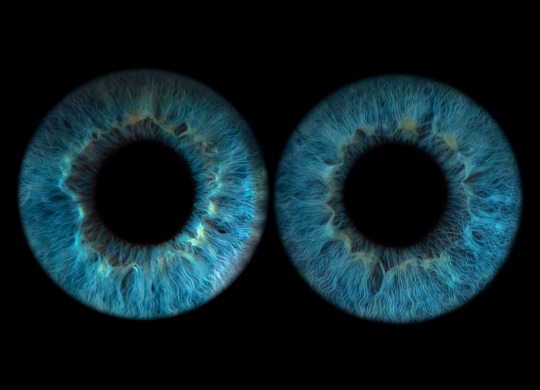
My irises. Unfortunately, their black frame is not visible on a black background.
#irises#eye#eyes#eye aesthetic#eyes aesthetic#eyes art#eyes are the window to the soul#blue eyes#light eyes#blue aesthetic#beautiful eyes#photography#personal#optics#iris#no photoshop
107 notes
·
View notes
Text
TIL something really neat about humans!
Background info:
Humans typically have three kinds of cone cell in their eye, used for seeing color. These are the S (short), M (Medium), and L (long) variants, and they roughly correspond to blue, green, and red, respectively.
Sometimes the genes that encode the relevant proteins (opsins) for a given cone type get mutated, shifting the relevant part of the spectrum they're sensitive to. Typically, this will occur in the M (Green) or L (Red) opsins -- resulting in an Orange-sensitive M' or L' opsin.
The genes that encode these variants are on the X chromosome. This is why biological men (or, more accurately, those with only one X chromosome) are more likely to be colorblind -- there's no backup recipe for M or L opsins.
But what if you have a two X chromosomes, one encoding the "normal" opsins and the other M' or L'? Now you've got four kinds of cone: Blue, Green, Red and Orange. You'd be a tetrachromat!
However, the architecture of the human brain hasn't had to process four distinct primary colors since mammals split from reptiles. Is it even possible to actually distinguish them? Most of the time, no. Even if you're lucky enough to have the requisite genetic makeup, you'll probably only see three primary colors (though perhaps those longer wavelengths will be a little more vivid)
Buuuuuuuut... that's just what's probable. In a study of 25 genetic tetrachromats, researchers found an honest-to-god neurological tetrachromat! There's at least one person out there who can tell apart red + green vs pure orange! Imagine how different the world must look to them -- almost every color display, for example, are designed for trichromatic sight: only capable of producing red, green and blue wavelengths. For the tetrachromat, consumer TVs must look bizarre.
Human biology is so flexible, it's crazy.
81 notes
·
View notes
Text

I fucking love optics.

This is a closer shot of a similar picture. The many little fox faces are not in the scene at all. It's a fox face shaped hole I cut in some black paper, stuck upside down on the front of the lens. This shapes the boke - the out of focus blur of a photo. They show up particularly in bright points of light.
This next one for instance is the same scene with the same foxed lens, just focussed differently. When more in focus, hardly any foxes. (except the actual fox skull in the case)

Note a few faint upside down foxes on the top right of the gold edge of the box; foreground boke is the right way up, background boke is inverted. I put the fox on the lens upside down to make the background foxes the right way up.
To make them bigger, all you need is a larger aperture (expensive) or a larger distance from subject to background (easy), like this.

The background of the image is a black piece of paper with a lamp behind it. Each fox is just a hole I punched in the paper with a pin.
I really love optics.
Main art/photography account: @skydarcyedwards
#foxes#boke#experimental photography#mini painting#fox girl#fox#photography#boke shape#art#minis#fox skull#skulls#dead#death#animal death#optics
38 notes
·
View notes
Text
Since the 17th century, when Isaac Newton and Christiaan Huygens first debated the nature of light, scientists have been puzzling over whether light is best viewed as a wave or a particle—or perhaps, at the quantum level, even both at once. Now, researchers at Stevens Institute of Technology have revealed a new connection between the two perspectives, using a 350-year-old mechanical theorem—ordinarily used to describe the movement of large, physical objects like pendulums and planets—to explain some of the most complex behaviors of light waves.
The work, led by Xiaofeng Qian, assistant professor of physics at Stevens and reported in the August 17 online issue of Physical Review Research, also proves for the first time that a light wave's degree of non-quantum entanglement exists in a direct and complementary relationship with its degree of polarization. As one rises, the other falls, enabling the level of entanglement to be inferred directly from the level of polarization, and vice versa. This means that hard-to-measure optical properties such as amplitudes, phases and correlations—perhaps even these of quantum wave systems—can be deduced from something a lot easier to measure: light intensity.
Continue Reading.
99 notes
·
View notes
Text

Backyard insect inspires invisibility devices, next gen tech
Leafhoppers, a common backyard insect, secrete and coat themselves in tiny mysterious particles that could provide both the inspiration and the instructions for next-generation technology, according to a new study led by Penn State researchers.
In a first, the team precisely replicated the complex geometry of these particles, called brochosomes, and elucidated a better understanding of how they absorb both visible and ultraviolet light.
This could allow the development of bioinspired optical materials with possible applications ranging from invisible cloaking devices to coatings to more efficiently harvest solar energy, said Tak-Sing Wong, professor of mechanical engineering and biomedical engineering. Wong led the study, which was published in the Proceedings of the National Academy of Sciences.
Read more.
27 notes
·
View notes
Text

"Objects for diffraction." Practical exercises in light. 1914.
Internet Archive
154 notes
·
View notes
Note
whats it feel like to shoot lasers from your eyes?
Dear Optically Occluded,
A big difference between our two species is that, while humans typically only take light in through their eyes, we are simultaneously emitting and absorbing electromagnetic energy through our optics. It would be like you being able to breathe in and out at the same time.
Most Cybertronian optical systems fall along an emission spectrum. Cybertronians who are very "emission-positive" like Dinobot are naturally able to focus this outgoing radiation into laser beams. The strain can be considerable; imagine how hard it is to blow out twenty or thirty candles in one breath. Now imagine doing that with your eyes!
41 notes
·
View notes
Text
Researchers have discovered that when certain types of semiconducting nanoplatelets - extremely thin, flat crystals - are coated with a layer of organic molecules called ligands, they curl into complex shapes, including tubes, twists and helices. This transformation is driven by the different forces the ligands apply to the top and bottom surfaces of the nanoplatelets.
20 notes
·
View notes
Photo
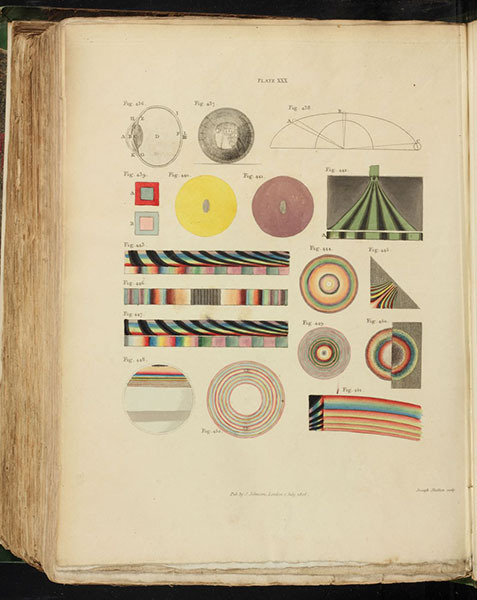


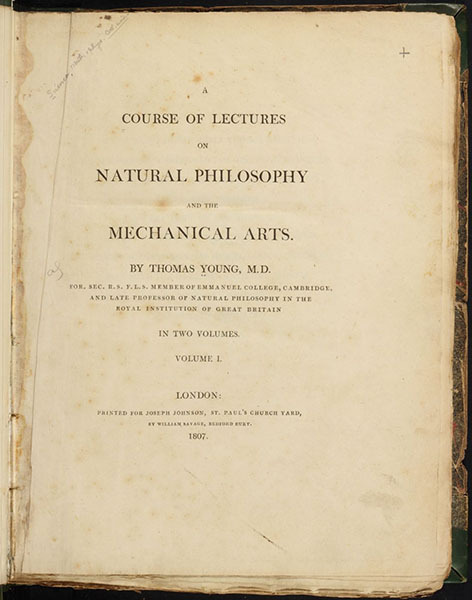

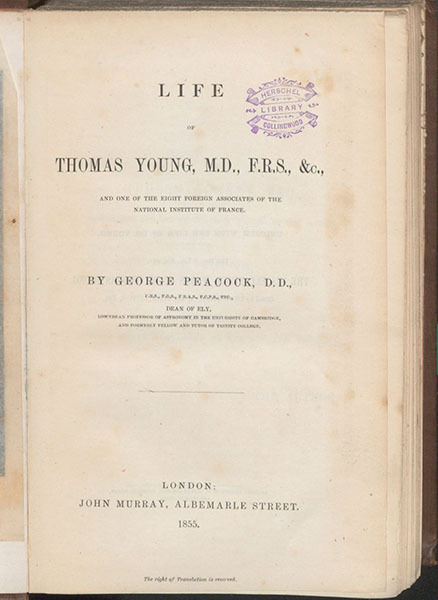

Thomas Young – Scientist of the Day
Thomas Young, an English polymath, was born June 13, 1773.
read more...
#Thomas Young#polymath#light#optics#hieroglyphics#histsci#histSTM#19th century#history of science#Ashworth#Scientist of the Day
73 notes
·
View notes